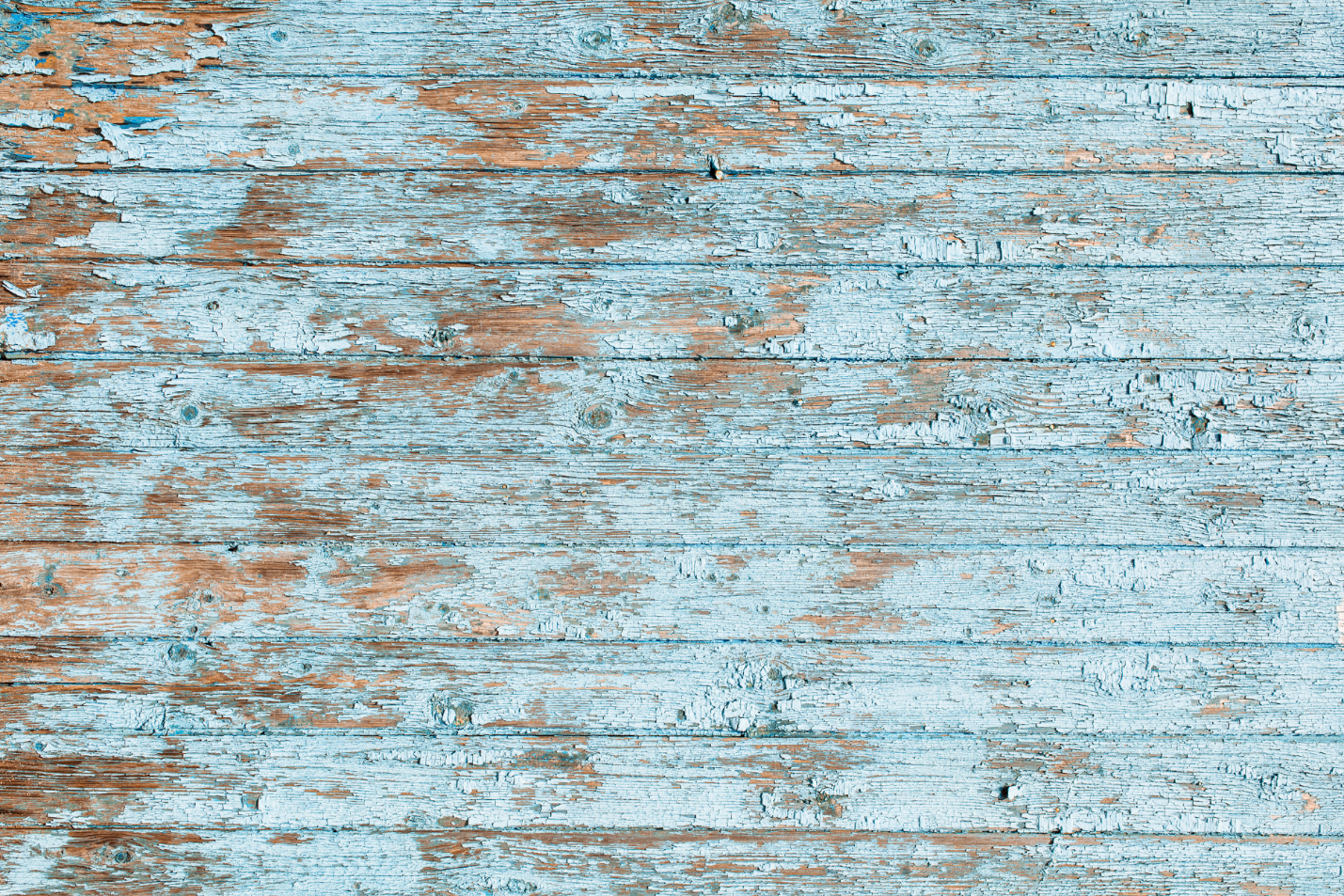Table of Contents

Water damage can be a major problem for wood surfaces and structures, as it can cause warping, splitting, and rot. If you have wood that has been damaged by water, it is important to take steps to dry out the wood and repair any damage as soon as possible.
By following these steps, you can help to restore your water-damaged wood to its original condition.
Step 1: Remove standing water
The first step in restoring water-damaged wood is to remove any standing water from the area where the wood is located. This can be done using a wet/dry vacuum or a mop. It is important to remove as much water as possible to prevent further damage to the wood.
Step 2: Dry out the affected area
Once you have removed any standing water, you will need to dry out the affected area as much as possible. This can be done using fans, dehumidifiers, or heaters. Be sure to use a combination of these methods to help circulate air and remove moisture from the wood.
Step 3: Remove damaged wood
If the wood is split, cracked, or has become soft and spongy, it may be beyond repair and will need to be removed and replaced. Use a saw or chisel to carefully remove any damaged wood, being careful not to damage the surrounding wood.
Step 4: Sand the surface of the wood
Once you have removed any damaged wood, you will need to sand down the surface of the wood to remove any rough or damaged areas. Be sure to use a fine-grit sandpaper to avoid damaging the wood further. Sand the wood in the direction of the grain to help preserve the natural texture of the wood.
Step 5: Use wood filler to fill in cracks and holes
Use wood filler to fill in any cracks or holes in the wood. Be sure to smooth the filler with a putty knife and allow it to dry completely before sanding it down. You may need to apply multiple coats of wood filler to achieve a smooth, even finish.
Step 6: Apply a new finish to the wood
Once the wood is dry and repaired, you can apply a new finish to the surface. This could include paint, stain, or varnish. Choose a finish that will best protect the wood and enhance its natural beauty. Be sure to follow the manufacturer’s instructions when applying the finish and allow it to dry completely before using the wood.
By following these steps, you can help to restore your water-damaged wood to its original condition. Remember to be patient and allow the wood to dry completely before applying a new finish. With proper care and attention, you can keep your wood looking beautiful for years to come.
How can the ill-impact of water on wood be reduced?
Here are several ways to reduce the impact of water on wood:
Waterproofing:
Applying a waterproof sealant or finish to the wood can help to prevent water from soaking into the wood and causing damage. This can be especially useful for outdoor wood surfaces that are exposed to the elements.
Proper ventilation:
Allowing air to circulate around wood surfaces can help to prevent moisture buildup and reduce the risk of water damage. This can be achieved by ensuring that your home or building has proper ventilation and by keeping windows and doors open when possible.
Avoiding excess moisture:
Keeping wood surfaces away from sources of excess moisture, such as leaks or standing water, can help to reduce the risk of water damage. This can be achieved by regularly inspecting your home or building for leaks and repairing any that are found.
Protecting wood from the elements:
Covering wood surfaces with a protective covering, such as a tarp or awning, can help to prevent water from coming into contact with the wood. This can be especially useful for outdoor wood surfaces that are exposed to rain and other types of precipitation.
Choose Water-Resistant Wood
Choosing water-resistant wood is beneficial for several reasons. Firstly, it is more durable than regular wood and less likely to rot, warp, or crack when exposed to moisture. This means that it has a longer lifespan, reducing the need for frequent replacements.
Secondly, in the long run, it is more cost-effective as it reduces maintenance and replacement costs. Water-resistant wood can also retain its natural color and beauty even in damp conditions, adding to its aesthetic appeal.
Maintaining wood regularly:
Regular maintenance, such as cleaning and sealing wood surfaces, can help to prevent water damage and extend the life of the wood. This can be achieved by regularly cleaning and treating your wood surfaces with a protective finish, such as a sealant or varnish.
By following these steps, you can help to reduce the impact of water on wood and protect your wood surfaces and structures from water damage.
Conclusion
Remember to be proactive in protecting your wood and to take steps to prevent water damage as soon as possible. With proper care and attention, you can keep your wood looking beautiful and in good condition for years to come.







